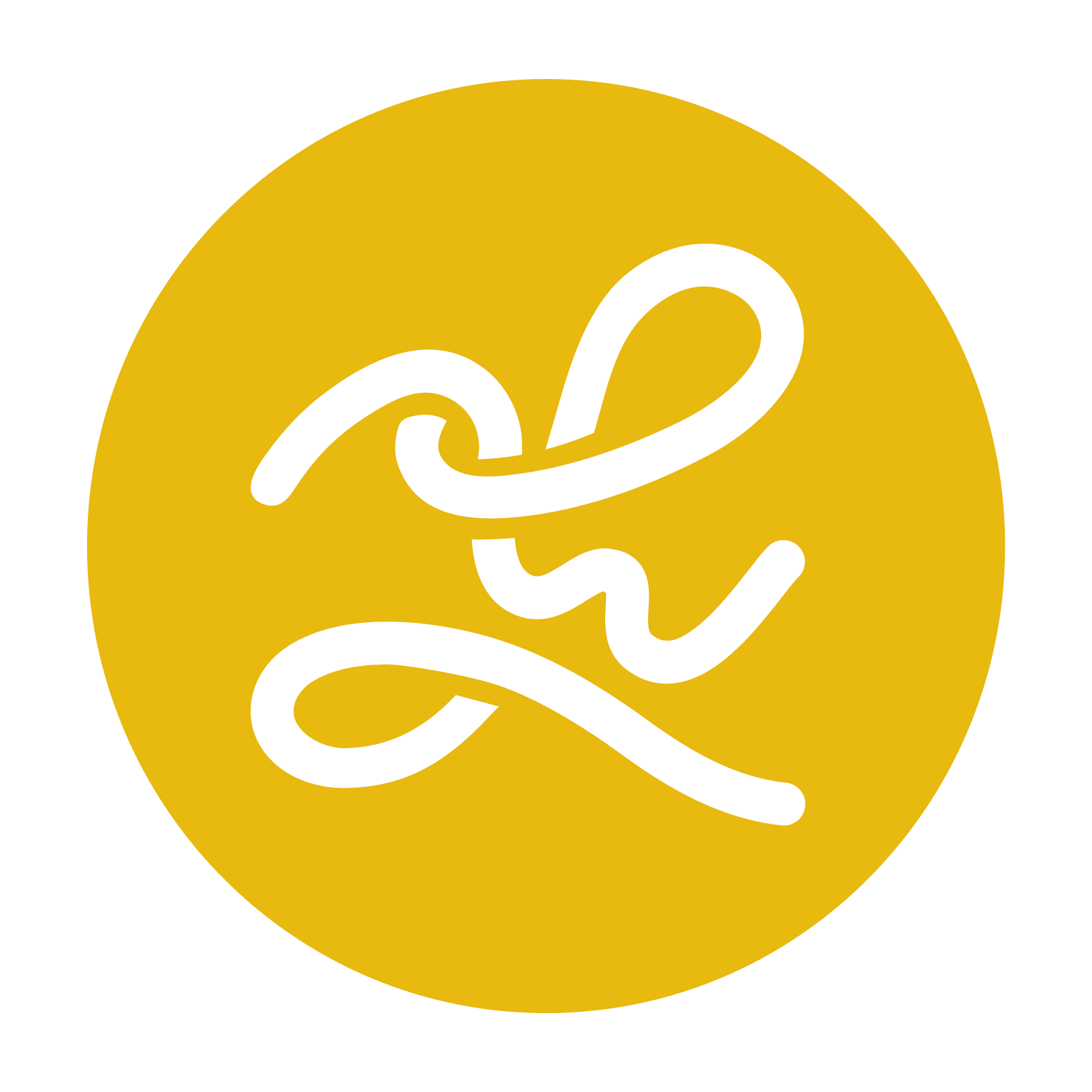How I Learned to Say No Without Blinking
I was recently in a glorious storytelling production called “Listen to Your Mother” where one of my lovely cast members told a story about how her then toddler-aged daughter helped her reclaim the power of “no.”
As I listened to her story and waited patiently in my seat until my time to take the mic, I filed away some questions in my deep mental folders: How often do I say yes when my heart means no? How many times do I ignore that feeling of dread when asked to do something I know full & well I shouldn’t be committing to?
And if I had a penny for all the times I simply (and without a pacifying explanation) said no? I’d be broke ya’ll. Straight up broke.
Since that show, I decided to do a deep dive into why that was. Don’t get me wrong. By no means am I a pushover trying to save the world at every turn. But if I’m being honest, I was someone who struggled to say no when it mattered the most.
There are many resources out there to help you gain confidence, recognize your agency and reclaim your time. A quick search for “Saying No YouTube” will give you a bunch of helpful videos to start. My goal here is to add my little anecdotal piece to the picture and reiterate the power of a good ol’ fashioned “nope, I’m good.”
When I began freelancing I didn’t have much of an identity. I was literally just hanging an “open” sign and accepting projects I had no business taking. Needed pattern concepts for a children’s clothing line? Yes! Looking to have someone design you a coat of arms? Sure! No identity meant no standards for the kind of client I was saying yes to. And while on the surface, there is absolutely nothing wrong with a pattern concept, that wasn’t my target market and I knew it.
I would have saved myself so much time and Advil by being laser-focused on who my ideal client was.
But I had to learn that lesson the hard way.
Along I went, taking on projects. I said yes to some amazing clients that helped chisel my resolve and I started to say no sparingly to jobs I knew weren’t for me. But at about 2 years in, I eventually said yes to what I thought was a huge project that would open many doors for me locally. It wasn’t a perfect fit. Honestly, it didn’t fit at all. It was baggy at best. Not my ideal client, not my target market, and certainly not the kind of work I could see myself taking off with. But I thought, “find me perfect and I’ll show you my pet unicorn!”
I ignored all kinds of red flags in the name of optimism. And I won’t even get into dealing with the actual client. It was messy. And by the time I actually decided to pay attention to the smoke signals, most of my time was lost in the fire. In the end, all I had to show for all my hard work was an unpaid invoice for almost a half a year’s worth of client work.
That situation taught me to trust the initial feeling of hesitation.
Even if I’ve had an introductory meeting with a client, that meeting does not equal and obligatory yes. This might sound obvious to you, but not to me at the time. I was always saying no and while looking pensively at my rear view.
It wasn’t just a matter of getting the word out. It’s the ripples it created. What will this person think? What opportunity might I be overlooking? Should I think about this more? What if this is the design project that will catapult me to the front page of Communication Arts? In a matter of seconds, I would check my brain into a mental-CrossFit class without her permission and inevitably end up giving a half-hearted yes just to avoid torturing myself any longer. I was essentially delaying an uncomfortable feeling only to bring myself inevitable discomfort later. That had to change. Here's what I try to remember:
- I’ve learned to stop spinning stories about what people will think.
No one is yelling “did you…did you just say NO?!” when I decline to work with them.
I avoid creating phantom opportunities that I’m somehow turning my back on if I decline a project.
- I try not to over analyze. If I’m unavailable, not properly suited for a project or just feel it in my bones that something isn’t right? It deserves a “no.”
- And this is huge for me, I don’t ignore my hesitation and I address my valid concerns head on.
When you are trying to create a successful project, there is absolutely no room for modesty or pride. All the red flags I ignored with the latter project should have been dealt with from day 1. I may have said no when I realized some of my questions didn’t have an answer and that would have saved me so much time and energy.
Like most things in life, saying no becomes easier with practice. It’s true what they say though: saying no allows you to say yes to the things you really want.
Photo by Kathleen Gr on Unsplash


